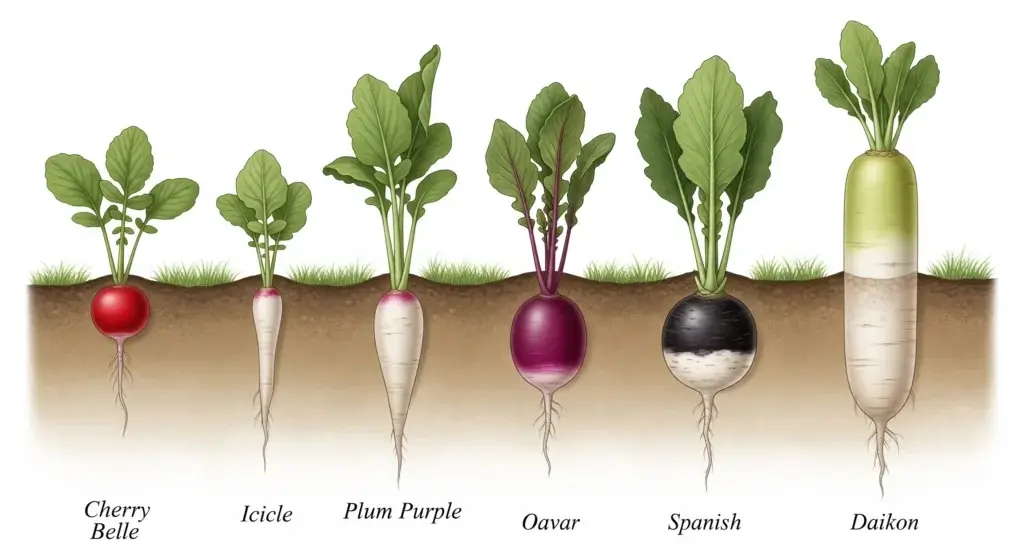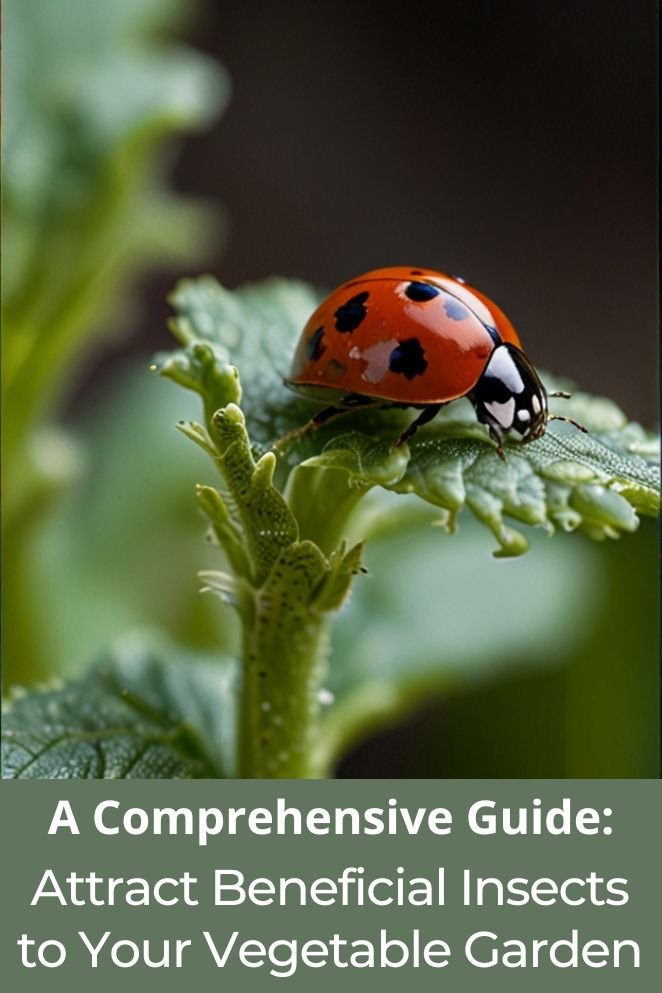
A flourishing vegetable garden isn’t just about the right soil, water, and sunlight—it’s also about welcoming the right insects.
These tiny garden helpers, known as beneficial insects, can be the key to a thriving, healthy garden.
In this post, we’ll explore how to attract beneficial insects to your vegetable garden, and practical steps to create an inviting habitat for them. Let’s dive in!
What are Beneficial Insects
Beneficial insects, also sometimes called beneficial bugs, are insects that are helpful to the environment and ecosystems.
Unlike pests that damage plants, these insects help in various ways, from pollinating flowers to controlling harmful pest populations.
They play a crucial role in maintaining the health and productivity of your garden without the need for chemical interventions.
- Related post: Protect Your Harvest! Identifying Specific Vegetable Pests
- Related post: The Pesticide Paradox: The Impact of Pesticides on Vegetable
Benefits of Beneficial Insects
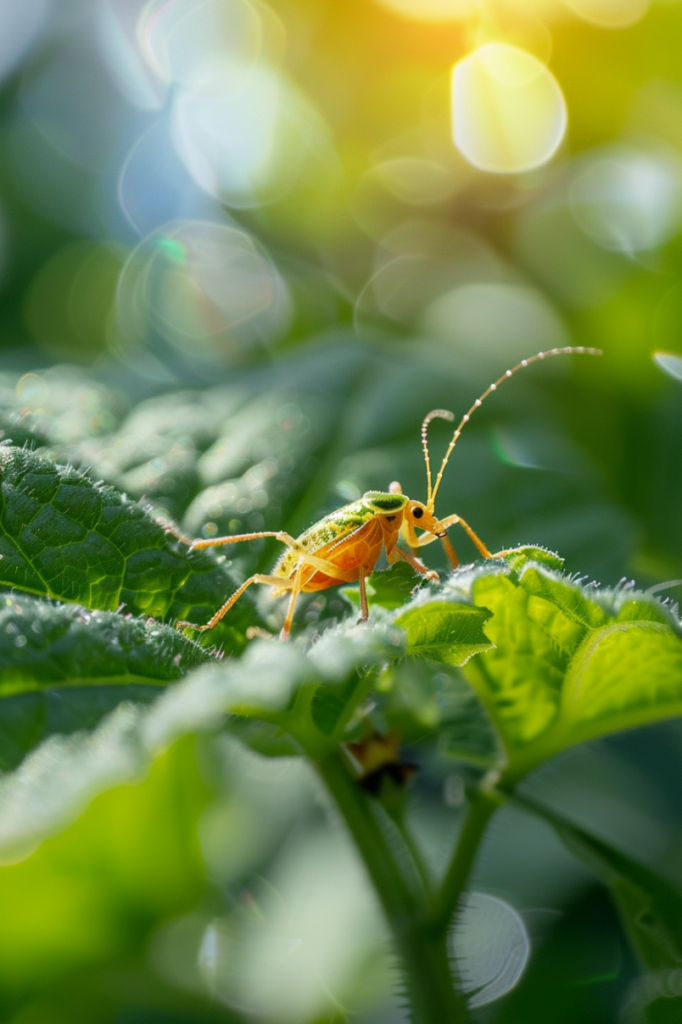
Beneficial insects play crucial roles in maintaining ecological balance and supporting environmental health.
They contribute to the environment in several ways:
Natural pest control
Perhaps the most well-known benefit is their role in keeping pest populations in check.
Beneficial insects act as natural predators to many garden pests.
Predatory insects like ladybugs feed on aphids, mites, and scale insects.
One ladybug can eat up to 50 aphids a day.
This reduces the need for harsh chemical pesticides, protecting our health and the environment.
Improved pollination
Pollination is essential for plant reproduction, and many beneficial insects, such as bees, butterflies, moths, and hoverflies, are key players in this process.
As these insects move from flower to flower to collect nectar, they transfer pollen between plants. T
his pollination allows plants to produce fruits, vegetables, and seeds, ensuring we have healthy and abundant harvests.
Additionally, it supports a diverse and thriving plant ecosystem.
Enhanced decomposition
Insects like beetles, flies, and crickets play a critical role in breaking down dead plant and animal matter.
This decomposition process returns nutrients to the soil, making them available for plants to grow.
This natural recycling process is essential for maintaining healthy and fertile soil.
Biodiversity
Beneficial insects contribute to a rich and diverse ecosystem.
The presence of these insects creates a food web that supports other beneficial creatures like birds and bats, who also prey on garden pests.
This diversity fosters a more balanced and resilient environment.
Reduced reliance on chemicals
By encouraging beneficial insects, we can reduce our reliance on chemical pesticides.
This protects our health from exposure to harmful chemicals and safeguards beneficial insects and other wildlife from unintended harm.
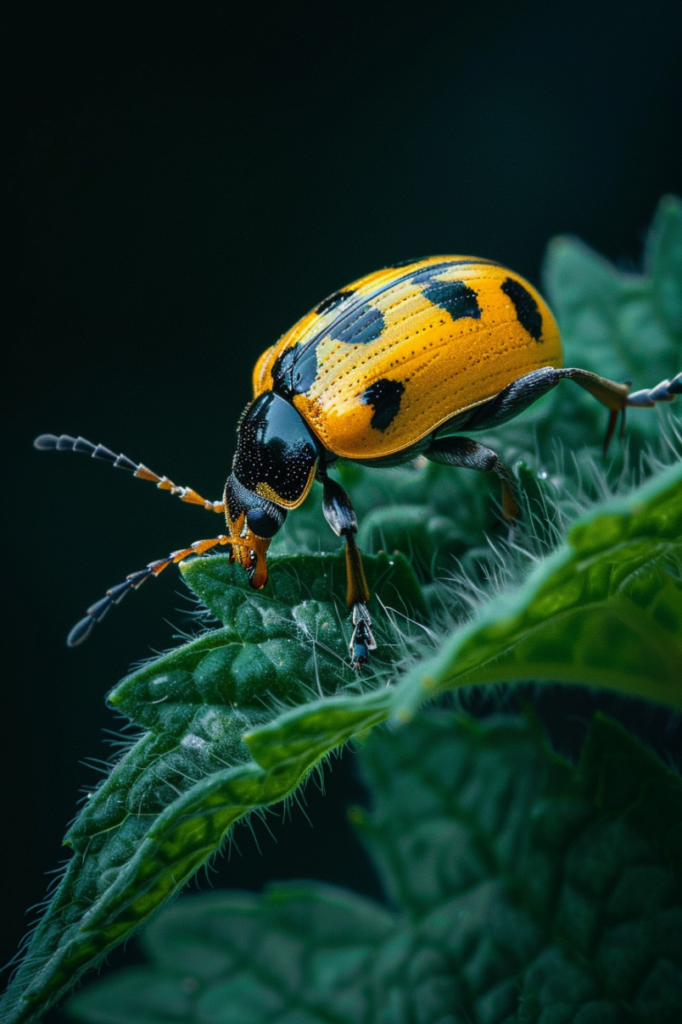
Common Pests that Beneficial Insects Can Help Control
Beneficial insects are excellent natural allies in controlling a variety of common garden pests.
Here are some common pests that beneficial insects can help manage effectively:
Aphids
Aphids are small, soft-bodied insects that suck plant sap, causing leaves to curl, yellow, and stunt growth.
Beneficial insects like ladybugs and lacewing larvae voraciously consume aphids.
Hoverfly larvae also feed on aphids, while parasitic wasps lay eggs in aphids, killing them from within.
Caterpillars
Caterpillars are Larval stage of butterflies and moths, caterpillars chew on leaves and can defoliate plants quickly.
Beneficial insects like parasitic wasps lay their eggs on or in caterpillars, and the larvae feed on the host.
Predatory beetles, like ground beetles, consume caterpillars, while tachinid fly larvae burrow into caterpillars, eventually killing them.
Whiteflies
Whiteflies are tiny, white, moth-like insects that feed on plant sap and excrete honeydew, leading to sooty mold.
Lacewing larvae and ladybugs prey on whiteflies and their larvae.
Parasitic wasps lay eggs inside whiteflies, and the emerging larvae consume the hosts.
Spider mites
Spider mites are spider-like pests that suck plant juices, causing stippling and yellowing of leaves.
Beneficial insects like predatory mites feed on spider mites, keeping their populations in check.
Ladybugs also consume spider mites and their eggs.
Mealybugs
Mealybugs are soft-bodied insects covered with a white, powdery wax that feed on plant sap, leading to distorted growth and honeydew production.
Certain species of ladybugs specifically target mealybugs.
Parasitic wasps lay their eggs in mealybugs, and the larvae eat the pests from the inside out.
Scale insects
Scale insects are small, immobile pests with protective scales that suck sap from plants, causing yellowing and stunted growth.
Parasitic wasps lay eggs inside scale insects, and the larvae consume the hosts. Ladybugs, especially the twice-stabbed lady beetle, feed on scale insects.
Thrips
Thrips are tiny, slender insects that feed on plant cells, causing silvering and distortion of leaves and flowers.
Beneficial insects like predatory mites and lacewing larvae prey on thrips, reducing their populations and preventing damage.
Fungus gnats
Fungus gnats are small, dark flies whose larvae feed on plant roots and organic matter, causing root damage and damping-off in seedlings.
Beneficial insects like predatory nematodes attack fungus gnat larvae in the soil, while rove beetles consume both larvae and adult gnats.
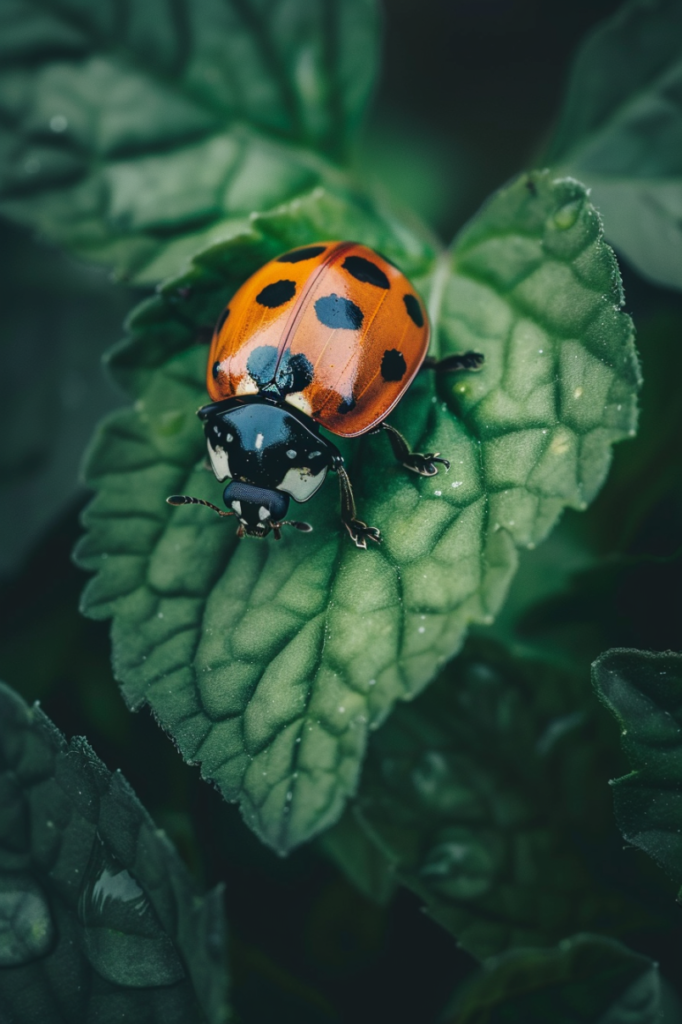
Creating a Sanctuary for Beneficial Insects
Creating a sanctuary for beneficial insects involves providing them with a welcoming environment that includes food, shelter, and suitable habitat conditions.
Here are some steps to create a beneficial insect sanctuary:
Choose the right plants
Beneficial insects, including pollinators like bees and butterflies, and predators like ladybugs and lacewings, are attracted to specific plants.
Incorporate a variety of flowering plants to provide nectar and pollen throughout the growing season.
- Pollinator plants: Lavender, borage, coneflower, milkweed, and bee balm are excellent choices.
- Host plants for butterflies: Include milkweed for monarchs, parsley, and dill for swallowtails.
- Herbs: Plant herbs such as mint, oregano, and thyme, which flower and attract insects.
- Cover crops: Clover and buckwheat can provide habitat and food for beneficial insects.
Provide shelter and habitat
Creating habitats in and around your garden can support their life cycles.
Insects need places to hide from predators, breed, and overwinter. Here’s what you can do:
- Insect hotels: Build or buy insect hotels to provide nesting sites for solitary bees, ladybugs, and lacewings.
- Logs and rocks: Leave logs, stones, and brush piles in your garden as shelter for beetles and spiders.
- Ground cover: Low-growing plants like creeping thyme or mulch layers can offer cover for ground beetles and other insects.
Create a water source
Insects need water to survive. Create a small water source to attract them:
- Shallow dishes: Place shallow dishes filled with water and pebbles around the garden. The pebbles give insects a place to land and drink safely.
- Small ponds: Install a small pond or water feature to support a diverse range of insects.
Avoid pesticides
Chemical pesticides can harm beneficial insects. Use alternative methods to control pests:
- Companion planting: Plant certain crops together to repel pests naturally.
- Manual removal: Handpick pests or use water sprays to dislodge them.
Plan for all seasons
Ensure there is food and habitat available year-round.
- Seasonal blooms: Choose plants that bloom at different times to provide continuous food sources.
- Evergreens: Plant evergreen shrubs and trees to offer winter shelter.
- Leave debris: In fall, leave some leaf litter and plant debris as overwintering sites for insects.
Diverse planting
A diverse garden is more resilient and attractive to beneficial insects.
- Plant variety: Include a mix of native plants, perennials, annuals, and shrubs.
- Layering: Use different plant heights and structures to create a complex habitat.
Education and observation
Learn about the insects in your garden and observe their habits.
- Field guides: Use insect field guides to identify and understand the beneficial insects in your area.
- Journaling: Keep a garden journal to track the appearance of different insects and the success of your plants.

- Related post: Pest Damage on Vegetables: A Guide to Identification and Control
- Related post: Stress-Free Gardening: Top Tips to Protect Vegetables From Pests
Conclusion
Attracting beneficial insects to your vegetable garden is a natural and effective way to boost plant health and productivity.
By creating a diverse, inviting habitat and maintaining a balanced ecosystem, you can enjoy the many benefits these helpful bugs bring.
So, embrace nature’s allies and watch your garden flourish!
FAQs
Beneficial insects are typically found near plants infested with pests. Look for insects like ladybugs, lacewings, and hoverflies. You can use insect identification guides to help.
While beneficial insects can significantly reduce pest populations, they may not eliminate all pests. They help maintain a balance, making it easier to manage the remaining pests manually.
Provide overwintering sites like leaf litter, mulch, and insect hotels. Planting winter-blooming plants can also help.



